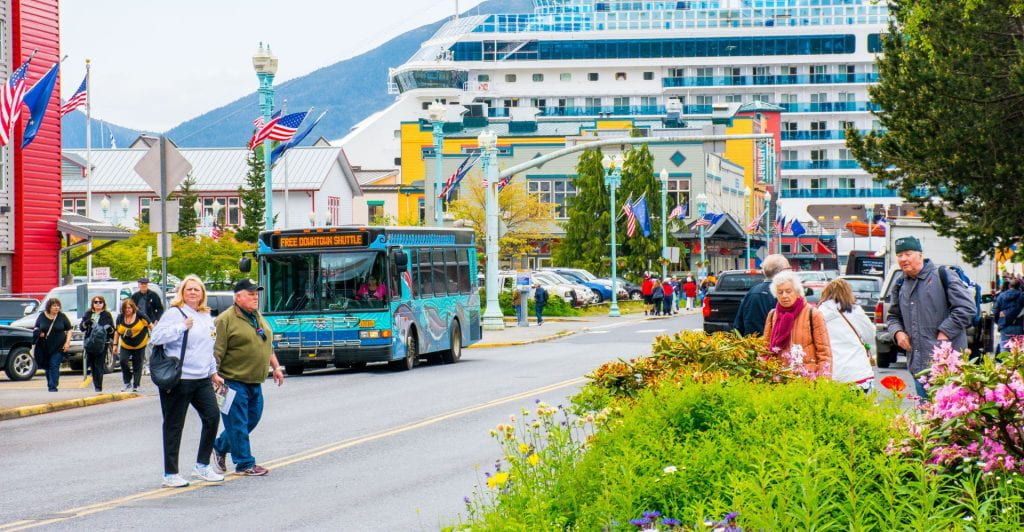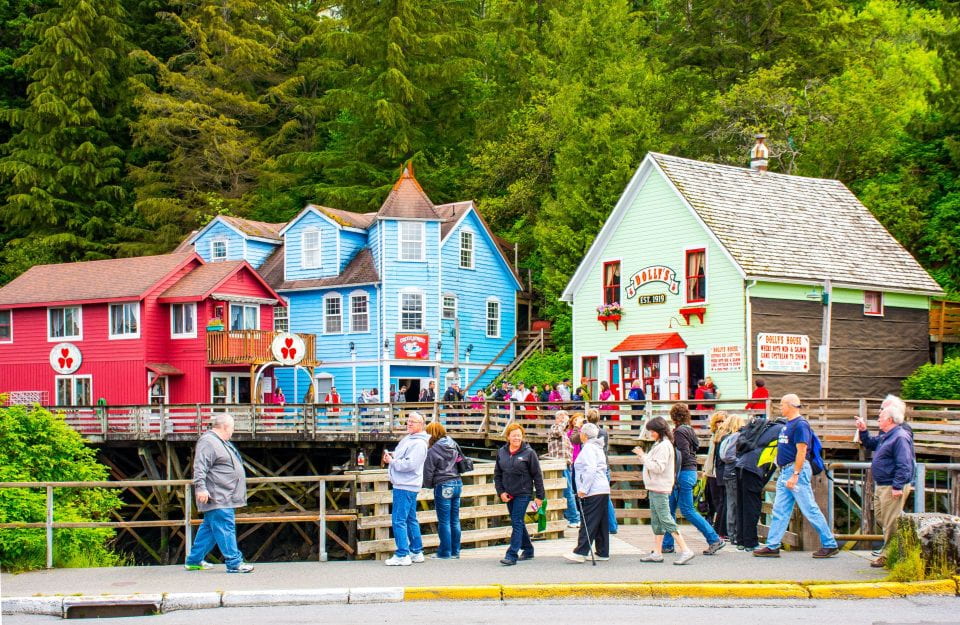Travel Forward is the theme of the 2023 National Travel and Tourism week in the United States. At George Washington University International Institute of Tourism Studies (GW IITS), we are traveling forward by assisting destinations at the forefront of tourism sustainability, stewardship and community engagement. We help tourist destinations go further and engage their communities at a deeper level to create meaningful change for locals and visitors alike.
We’ve had the privilege of working with a variety of destinations on their aspirations to travel forward. Here are a few reflections from three projects we have been working on in the past year.

Jackson Hole – Leaning into a Sustainable Future
In Jackson Hole, Wyoming, tourism was beginning to overtake the community. As visitation levels rose higher, and rose throughout the four seasons of the year, mitigating the negative visitor impacts on the environment and the community became increasingly difficult. Working with the Jackson Hole Travel and Tourism Board (JHTTB), GW IITS and Confluence Sustainability developed a Destination Stewardship Plan during an 18-month planning process. A strong focus on community impacts and engagement drove the planning process and generated record participation from the community through a resident sentiment survey and workshops. In order to fully represent the wide range of community interests and initiate the destination stewardship plan, Jackson Hole is creating a destination stewardship council to implement the plan. This month, JHTTB hired a Destination Management Coordinator to support the destination stewardship council. To learn more about GW IITS’ work in Jackson Hole visit our blog and check out the plan on the JHTTB local engagement site at https://www.visitjacksonhole.com/locals.

Maine - Connecting Cultural and Natural Assets
At the recent Governor’s Conference on Tourism, GW IITS Executive Director Seleni Matus spoke on Outdoor Recreation and Cultural Tourism: Where Discovery Meets Inspiration. Matus urged connecting Maine's cultural and outdoor recreation landscapes to create compelling new visitor experiences in Native American communities.
Native American tribes–the Wabanaki–have rich culture, landscapes and experiences to offer visitors. To help integrate Wabanaki culture and landscapes into the Maine visitors’ experience, GW IITS is partnering with the Four Directions Development Corporation (FDDC), with support from the Maine Office of Tourism, to facilitate the creation of a multi-year Native tourism development and management plan for the Wabanaki Tribal Nations in Maine. The project will assist Wabanaki Tribal Nations develop additional tourism products and experiences to offer visitors. Adopting the plan will help Maine tourism travel forward and gain new opportunities for increased visitation and enhancement of visitors’ experience while the Wabanaki Nations gain opportunities for economic development and creation of Native tourism products that share their cultures. The development and management plan is expected to be completed in August.

Ketchikan – Creating a Collaborative Sustainability Strategy
In every destination traveling forward, collaboration is key. At the southernmost boundary of Alaska, in the Southeast Panhandle, lies the Ketchikan Gateway Borough, also known as the “Gateway to Alaska”. Its natural beauty as an island rainforest and its rich cultural heritage is the first Alaskan cruise stop for many travelers to the 49th state. In 2022, more than one million cruise passengers visited Ketchikan, a destination with approximately 8,000 residents. In order to stay ahead of the crowds and manage tourism before impacts became irreversible, the Ketchikan Gateway Borough (KGB) called upon GW IITS and Confluence Sustainability to facilitate creation of the Ketchikan Tourism Strategy over a 15-month process. In order to execute an impactful strategy, cross-jurisdictional collaboration was critical, i.e. collaboration among Ketchikan Gateway Borough, City of Ketchikan, City of Saxman, Village of Saxman, Ketchikan Indian Community, and KGB lands. With so many jurisdictions present and fragmentation of tourism efforts a reality, a shared vision was needed to tackle complex challenges and balance the needs and aspirations of all communities and stakeholder groups. Read about early phases of the KTS development in our blog post here.

Taos – New Entry in the Travel Forward Movement
Taos is another destination that has committed to travel forward, recently joining a growing number of destinations – Jackson Hole, Breckenridge, Vail, Sedona, Park City – that are developing and implementing tourism plans focused on sustainability and stewardship. GW IITS is excited to assist this culturally and naturally rich destination alongside our partner, the Center for Responsible Travel (CREST), to create a destination stewardship plan of responsible tourism practices that promote, preserve, and celebrate Taos’ natural and cultural heritage.


